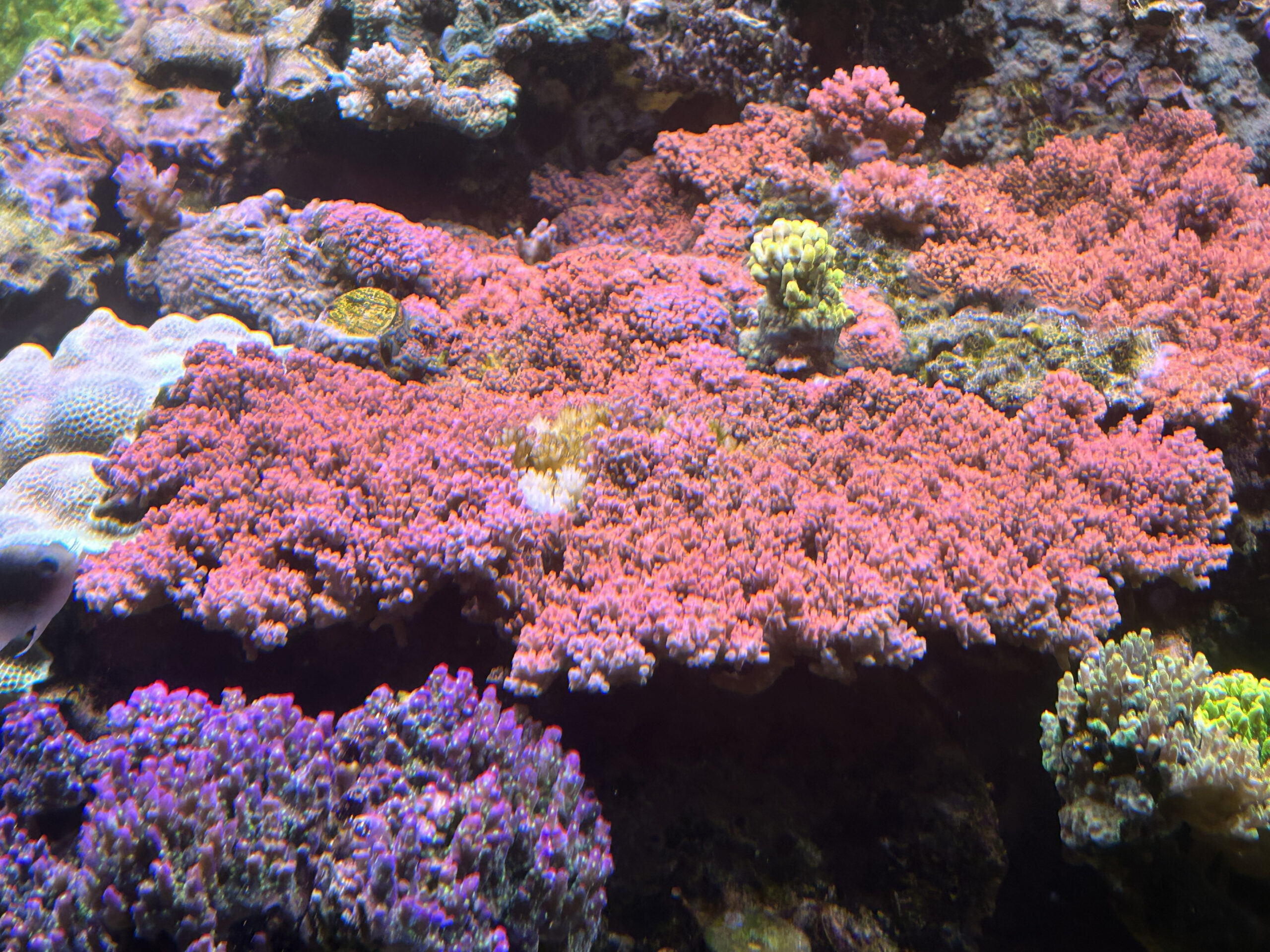While we have come a long way in the hobby and have improved our husbandry skills for keeping corals immeasurably over the past four decades, we still have much to learn, especially in the area of coral diseases. Having worked in human medicine during this equivalent period, I have seen a dramatic improvement in the understanding and treatment of many diseases during this time frame.
Unfortunately, there has not been an equivalent improvement in regard to most coral diseases. As with most things in the hobby, much of what we have learned and are still learning is through trial and error. To point out how little our understanding of coral diseases is when researching this topic, I found that many of the maladies that we experience with our corals have been anecdotally named by us, the hobbyists, rather than by the scientific community. A case in point is tissue necrosis, which has been a problem in some of our corals since the early 1990s. To most of us this disease, as its name implies, is generically when the tissue on an sps coral sloughs off the skeleton regardless of the reason. But even this is not correct, as tissue necrosis differs markedly depending on whether it is rapid tissue necrosis, RTN, or slow tissue necrosis, STN. Which again are names given to this disease by hobbyists.
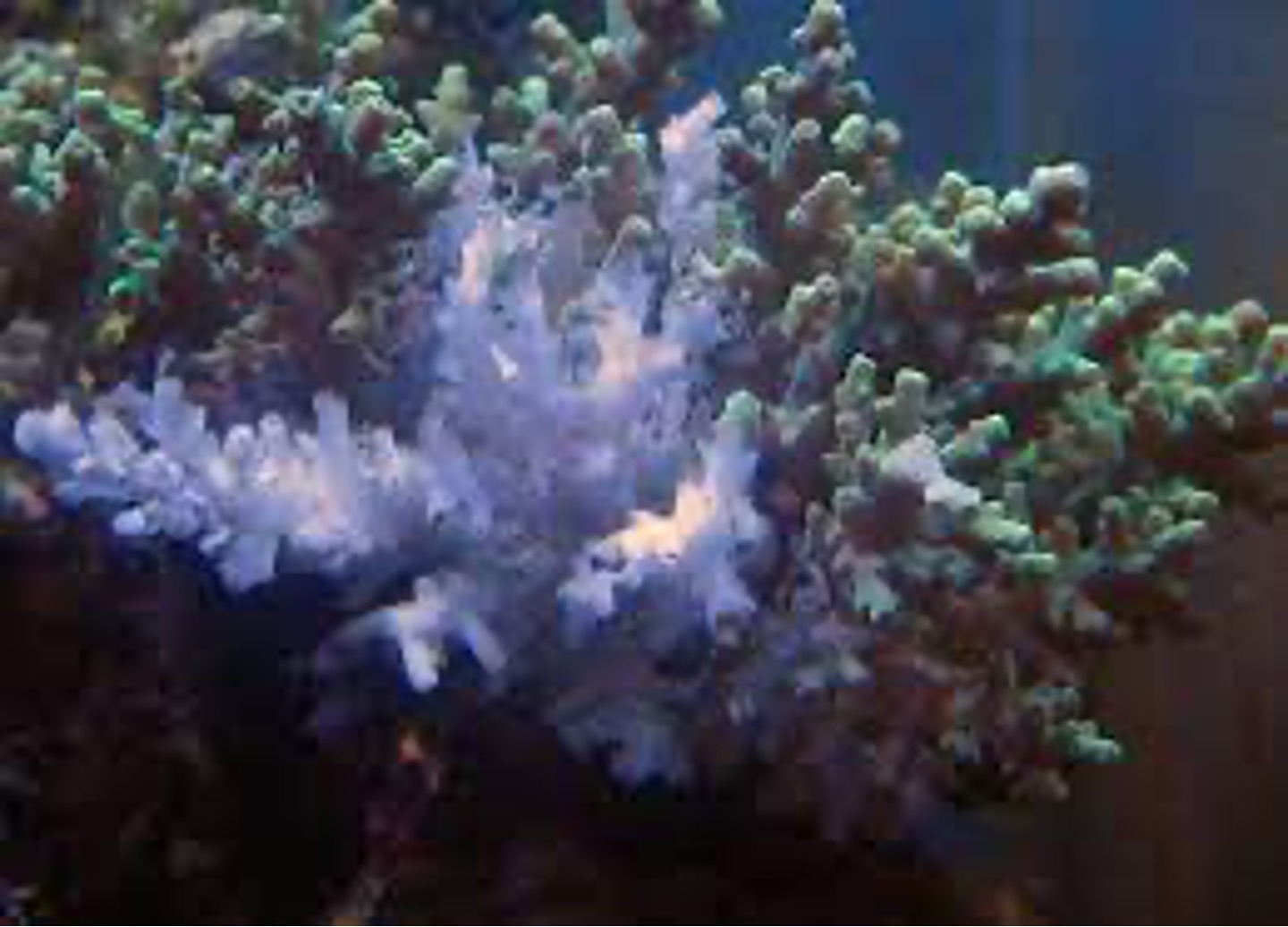
RTN and STN
Rapid tissue necrosis has been around since SPS corals first started being imported into the hobby in the early 1990s from Fiji. During this time, when getting SPS corals of any type was difficult, we would often purchase corals that were stressed due to shipping and add them to our tanks without dipping or quarantining them in any way. After these stressed corals were introduced to our tanks, rapid tissue necrosis could occur throughout the tank as dying tissue from a stressed coral would move onto a neighboring coral and stress it, causing its tissue to slough off and necrose. Fortunately, this type of disease is not as prevalent today owing to what we now know about limiting stress and instability to our corals. Unfortunately, a new malady, and to me, a more insidious problem, in the form of STN, has become more problematic. It is so prevalent that I know of at least 40 individuals who have experienced it in their tanks in the past three years, including some incredibly successful hobbyists many of whom have been in the hobby for at least two decades.
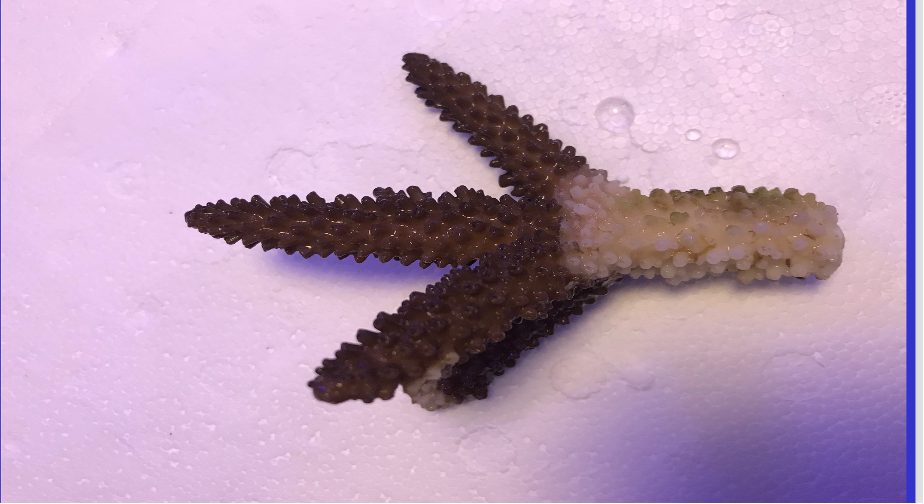
Unlike RTN, STN manifests itself when a coral, colony, or frag, suddenly but slowly starts bleaching usually from the base, and then gradually creeps up the colony killing it. Unlike RTN, the tissue does not seem to slough off the skeleton, but instead just seems to be consumed by some invisible organism that leaves the skeleton white below the demarcation line. This disease can occur in virtually any tank, even ones with seemingly perfect conditions and where the sps corals are otherwise thriving. And it can occur on just about every type of sps coral, not just Acropora, which it does seem to attack first. In my own tank as well as in a few other successful tanks, the problem first arose when a colony started bleaching from the base, and the bleaching was slow, over days or weeks, until it consumed the entire colony or frag. Obviously frags are consumed more rapidly, but not as quickly as is the case with RTN. Some of us dipped the damaged piece in everything from diluted peroxide, diluted witch hazel, or a diluted Lugol’s iodine dip, which was one of the dips of choice when RTN occurred. Or as we did with RTN we would cut the coral above the damaged line and remount it, which we also did with RTN-infected corals. Sometimes this would stop the progression, at least for a while, but then in time, a week or a month later, the white progression would start again eventually killing the coral. If we took the dramatic step of removing the corals as soon as this was observed it usually would only stop the problem briefly. Eventually, in a week, or month, this same problem would crop up on another coral. Sadly, if this coral was left to die, or if it was removed, the problem would reoccur and continued to do so for me and several of my friends, for well over a year.
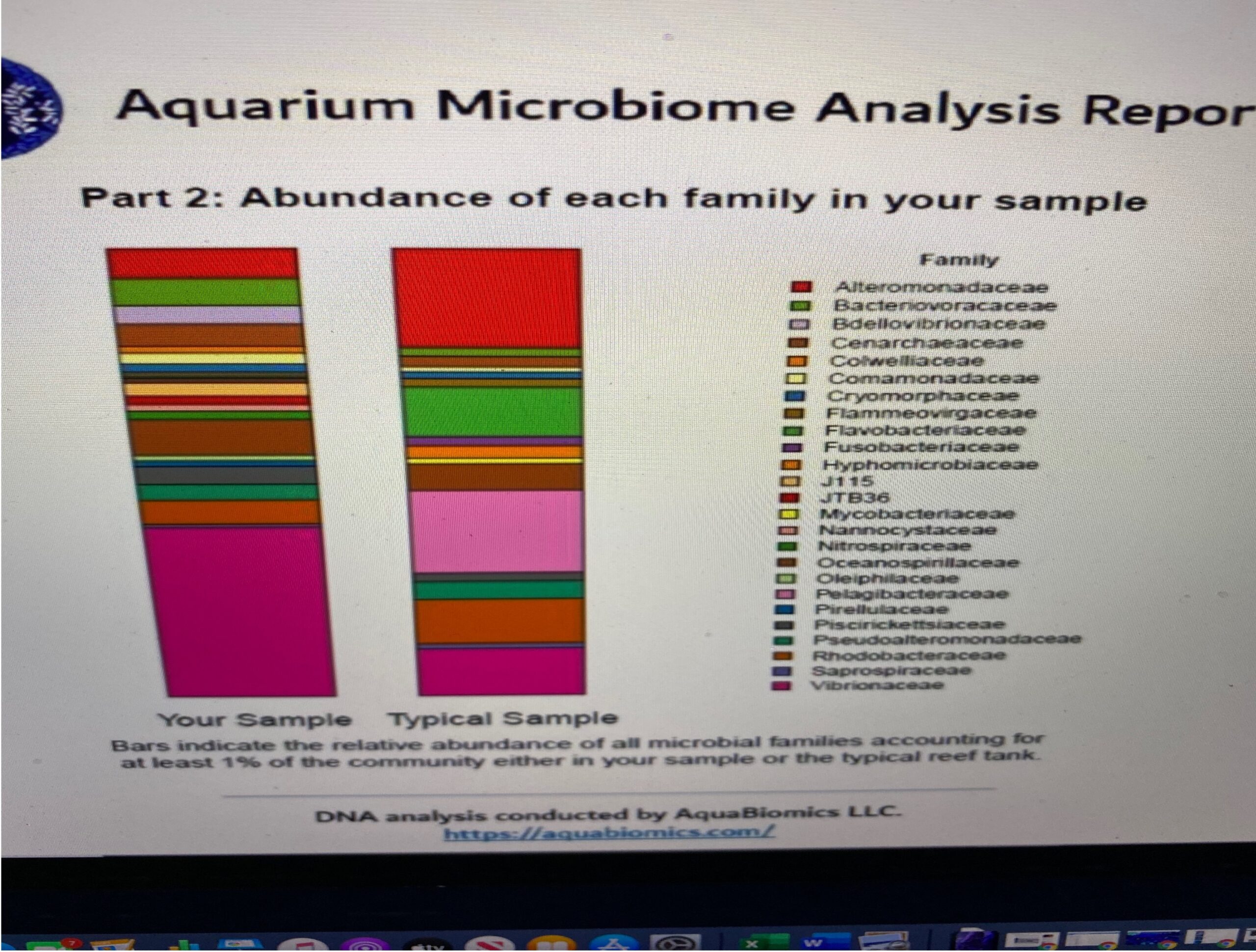
Pathogenic bacteria
Having worked in infectious diseases for much of my early career in medicine and after explaining what was going on with a couple of infectious disease specialist friends, we all came to the conclusion that it was an infectious pathogen of some type. Reading the literature and talking with other hobbyists, some of whom worked in microbiology, we concluded that it was either a ciliate or a bacteria that was causing the problem. Fortunately, at this time a company called AquaBiomics started advertising that they could look at the bacterial load in a tank and determine whether good or pathogenic bacteria were present. Having run out of ideas and patience I sent in a test, which took almost a month to get back, during which time I continued to lose corals in the same way. The results agreed with what I had expected, the pathogenic bacteria, Vibrio, was the most dominant strain of bacteria in my tank and was the most likely culprit for causing the STN in my tank.
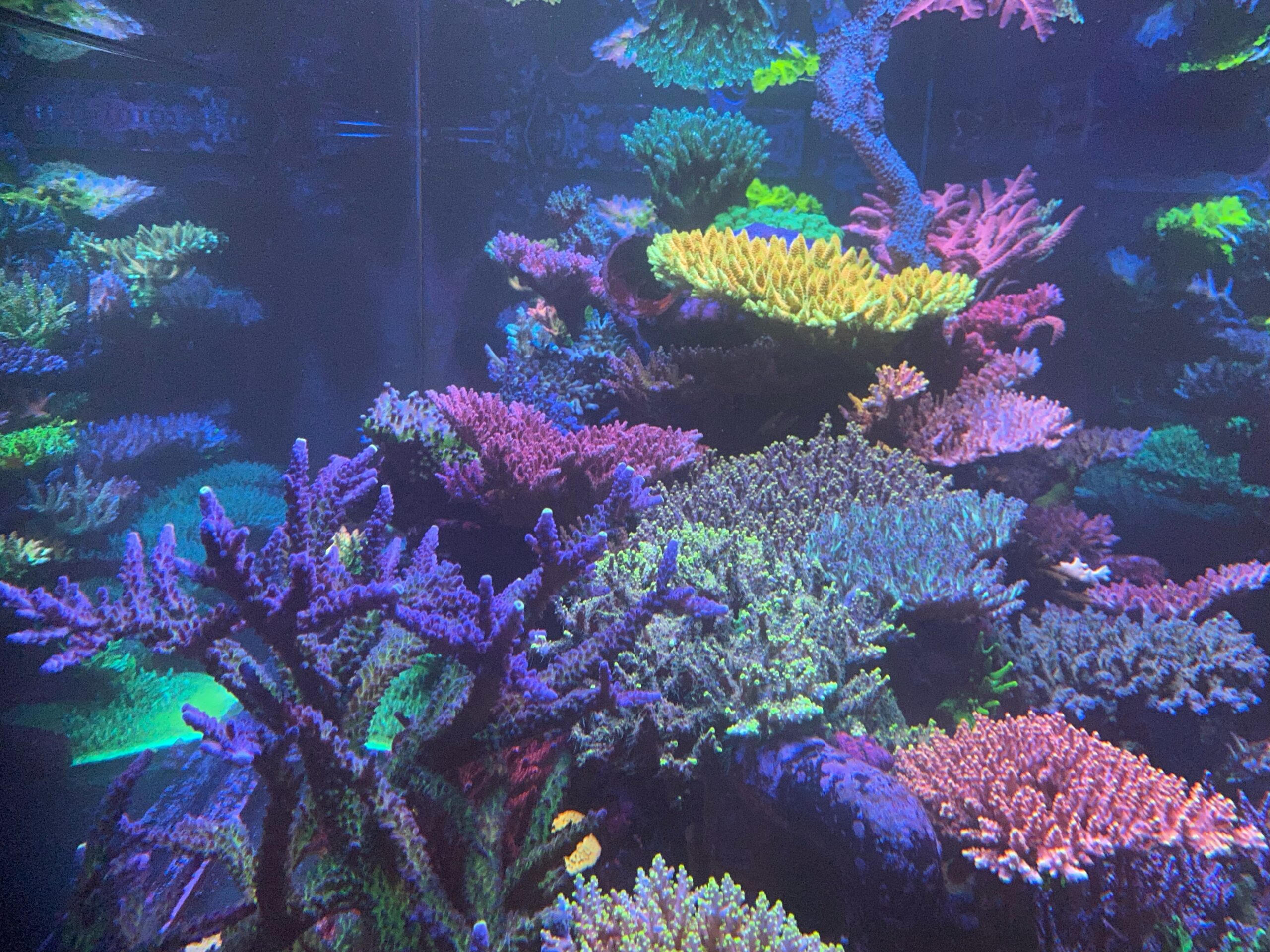
Since it would be necessary to treat the whole tank, and I did not want to kill everything in the tank, I started with the most benign treatment I read about and treated the entire system, 600 gallons, with witch hazel and amoxicillin. I am not giving the dosage as the treatment provided only minimal relief as while the STN did stop, it was only for a month before it began again. Needless to say, it was frustrating, but I was determined to find something that worked. Fortunately, right after this occurrence I made a trip to Buffalo and went to see my friends at ARC, Randy, and Devon. During my visit, we talked about this problem, as they had seen the same problem in their tank as well as in the tanks of some of their customers. In looking at their spectacular show tank, I could not believe that they had ever had any issues, but they assured me they had. In talking with other hobbyists they had come up with using Cipro (ciprofloxacin), a quinolone antibiotic, to kill the Vibrio, which they too suspected as being the pathogen in their tank. The dosage was 500mg per 500 gallons every other day for 10 days. I was skeptical that this would work, but soon after coming home a big colony of A. spathulata was showing signs of STN, so I removed it and did a dip in a Cipro solution at the recommended dosage for 3 hours. I then rinsed the colony and placed it back in the tank. Amazingly, the recession stopped and did not ever come back.
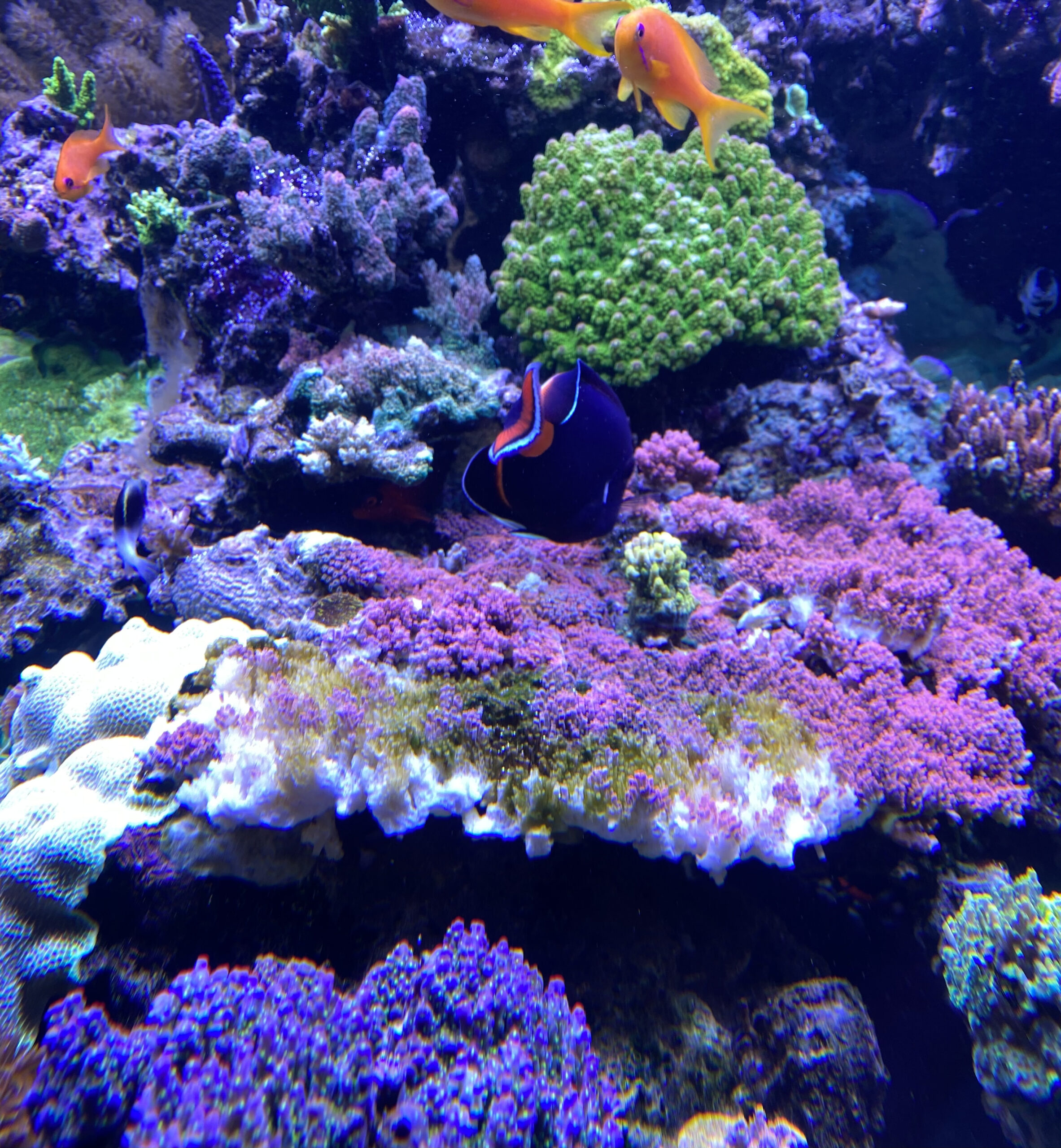
Ciprofloxacin
Unfortunately, despite this success, STN still popped up in the tank from time to time, so I kept having to remove and dip corals. Realizing that this was a fool’s errand, I decided to treat the whole tank with cipro at the recommended dosage. I did this treatment for ten days, kept the skimmers on, but removed the carbon, and other media and turned off the UV and ozone. After ten days, I did two 10% water changes three days apart. After the water changes I started dosing with several commercial bacterial supplements in the hope of replenishing the ”good” bacteria. During the two treatments, I made the following observations: the ORP went from an average of 325-350 to 210-225, the PO4 went from .08 to .61 and the nitrate went from 5 to 25. Clearly, something was going on from the Cipro treatment. Lastly during treatment alkalinity and calcium consumption dropped by at least 25%, but upon completion of treatment approximately a week later the usage went up 25% over baseline. After this treatment STN stopped for over 4 months, and all of the tank’s parameters came back to baseline levels over the next month. I should also note that during this entire time, I started sending in regular ICP tests and while they were for the most part good, the tank always seemed to be lacking strontium, nickel and iodine, and fluoride, which have been linked with helping corals fight disease, so during this time I started dosing these regularly.

During this time the coral’s growth picked up and the coloration intensified. However, after three months STN again reared its ugly head and when it occurred it seemed to kill the corals a bit faster. Needless to say, I was even more frustrated. So once again I sent in a bacterial test to Aquabiome and also asked my friends at a microbiology lab to run tests, and this time the result was different as Arcobacter, another possible coral pathogen was dominant. When I asked my ID docs what they thought happened they said that Arcobacter requires a much higher concentration of cipro to be killed than does Vibrio, so while the dose of cipro I used was effective for vibrio all it had done was to allow Arcobacter to thrive. In looking at possible sources for Arcobacter, as it is not a common pathogen, I found that it can be introduced from some fish foods. Realizing I was either going to kill the bacteria or it was going eventually going to kill all the corals, and it attacked all sps not just Acropora, I went to the higher dose of cipro that they recommended. In this treatment, I used 500mg/100gallons, which was five times the initial dose. The tank’s parameters changed just as they did in the first treatment, and as with the first treatment none of the fish, corals, or other invertebrates showed any sign of distress or damage. The only animal that did not seem to like this treatment was a rose bubble anemone which turned black during the treatment.
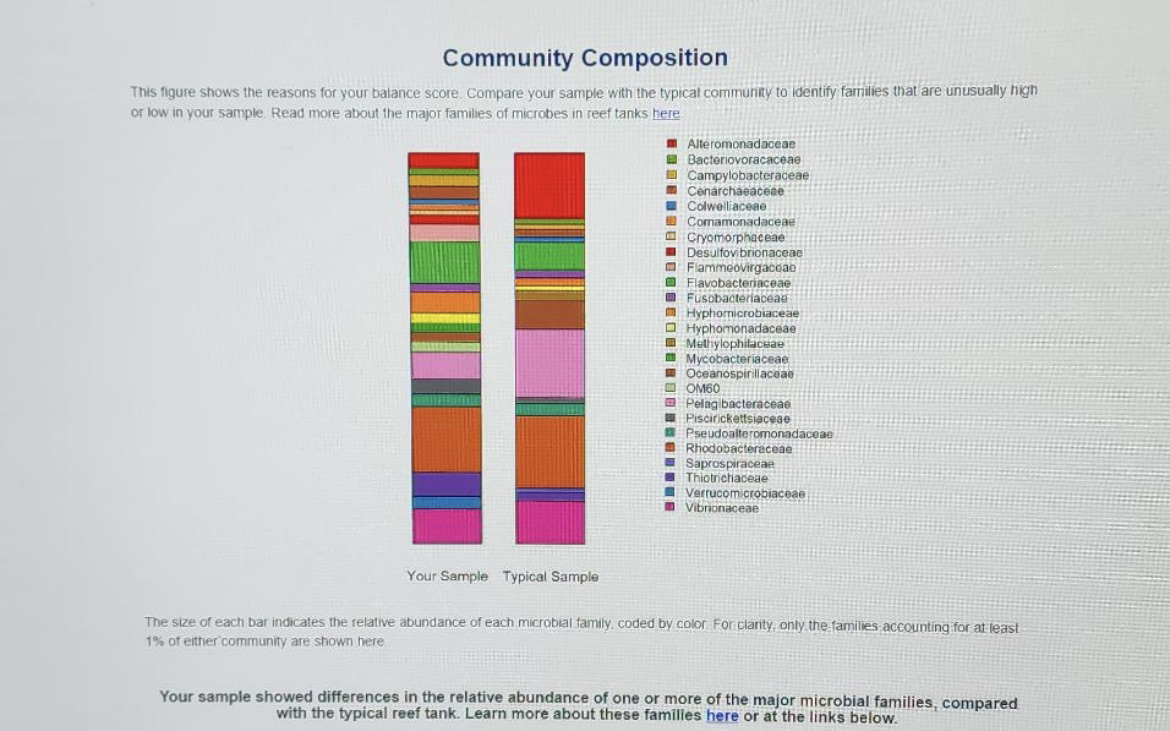
It is now six months since that dosing and there have been no signs of STN since this treatment. After doing the water changes again, bacterial additives from several companies were added to hopefully replenish the good bacteria. Please note, I am not recommending anyone follow what I did, but I was desperate as these bacterial infections had killed off a significant number of my old colonies as well as many new frags. So before doing anything I strongly recommend getting both ICP and bacterial tests to better ascertain what could be causing the problem. While I am sure that some may disagree or disapprove of my methodology I did so in the hope of learning and treating a disease about which sadly we still know little about.


